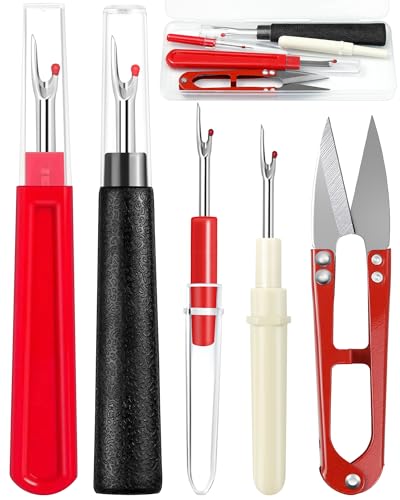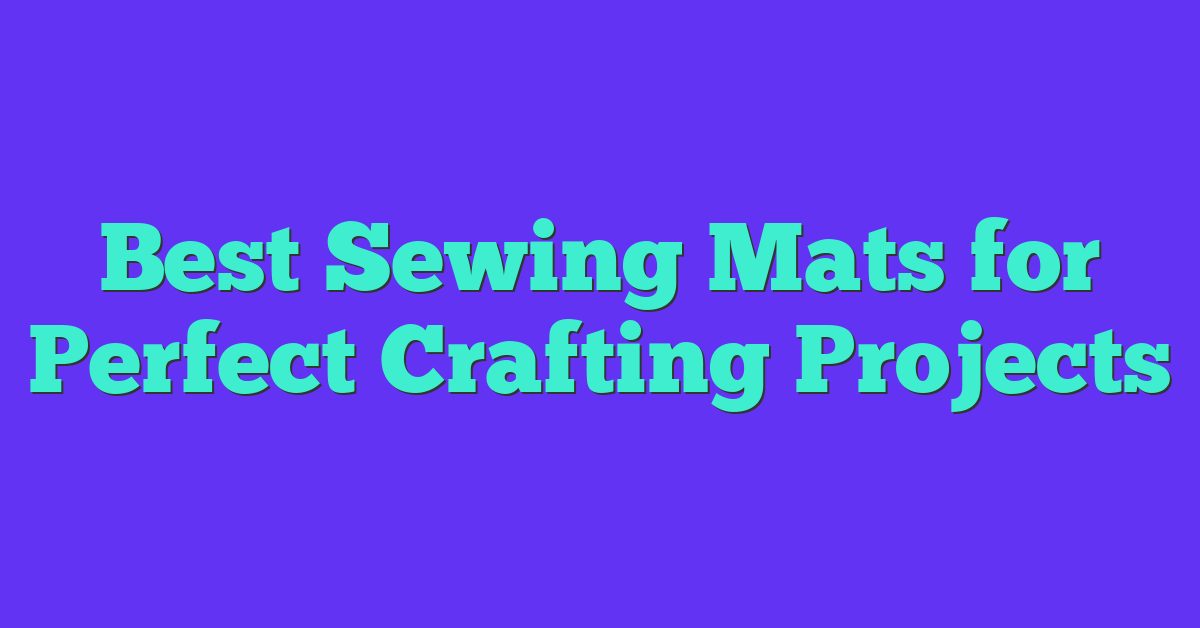Imagine turning your creative ideas into stunning fabric designs that reflect your unique style. Whether you’re a seasoned designer or just starting out, creating custom fabric prints can be an exciting and rewarding process.
With the right tools and a bit of guidance, you can bring your visions to life effortlessly. From choosing the perfect colors and patterns to mastering design techniques and selecting the best printing methods, we’ll walk you through each step. You’ll discover tips and tricks to ensure your fabric prints are vibrant, durable, and exactly what you envisioned. Let’s dive into the world of custom fabric design and unlock your creative potential.
Understanding Fabric Types
Selecting the right fabric type is crucial for achieving your custom print’s desired look and durability. Here’s an overview of the primary fabric categories to consider.
Natural Fabrics
Natural fabrics offer breathability and a classic feel. Common types include:
- Cotton: Soft and versatile, ideal for vibrant prints and everyday use.
- Linen: Lightweight and breathable, perfect for summer designs and intricate patterns.
- Silk: Luxurious with a smooth finish, suitable for detailed and high-resolution prints.
- Wool: Warm and durable, best for textured or heavyweight prints.
- Hemp: Eco-friendly and strong, great for sustainable and rustic designs.
Synthetic Fabrics
Synthetic fabrics provide durability and flexibility, making them suitable for various applications. Key types include:
- Polyester: Resistant to shrinking and wrinkles, excellent for vibrant and long-lasting prints.
- Nylon: Strong and elastic, ideal for activewear and stretchable designs.
- Acrylic: Lightweight and warm, suitable for bold colors and patterned prints.
- Rayon: Smooth and drapable, perfect for intricate and detailed designs.
- Spandex: Highly stretchable, best for fitted garments and dynamic prints.
Choosing between natural and synthetic fabrics depends on your specific project needs, desired aesthetics, and functionality requirements.
Selecting the Right Design Tools
Choosing the right tools is essential for creating professional-quality custom fabric prints. These tools streamline your design process and ensure your ideas translate seamlessly onto fabric.
Design Software Options
- Choose vector-based software like Adobe Illustrator or Affinity Designer to create scalable designs.
- Use image editing programs such as Adobe Photoshop or GIMP for detailed textures and effects.
- Explore specialized fabric design tools, including Spoonflower’s Design Tool or Adobe Textile Designer, for fabric-specific features.
Hardware Requirements
- Ensure your computer meets specifications, including a minimum of 8GB RAM and a multi-core processor, to handle design software efficiently.
- Invest in a high-resolution monitor to achieve accurate color representation and detailed design visibility.
- Use a graphics tablet like a Wacom Intuos to enhance precision and streamline the drawing process.
Choosing Colors and Patterns
Selecting the right colors and patterns transforms your fabric print into a masterpiece. It ensures your design stands out and aligns with your creative vision.
Color Theory Basics
Understanding color theory enhances your design’s impact. The color wheel includes primary colors (red, blue, yellow), secondary colors (green, orange, purple), and tertiary colors (red-orange, yellow-green). Use complementary colors—those opposite each other on the wheel—to create vibrant contrasts. Analogous colors, located next to each other, offer harmonious and soothing effects. Triadic color schemes, forming a triangle on the wheel, provide balanced and dynamic palettes. Incorporate these principles to achieve visual appeal and balance in your fabric prints.
Pattern Design Tips
Creating effective patterns involves several key strategies. Ensure seamless repetition by aligning elements perfectly across both horizontal and vertical axes. Consider the scale of your pattern; small motifs work well for intricate fabrics, while larger designs make bold statements. Maintain consistent spacing to avoid clutter and enhance readability. Use symmetry to create balance or asymmetry for a dynamic look. Incorporate variety by mixing different shapes and textures without overwhelming the design. Test your pattern on different fabric types to ensure it maintains its integrity and appeal when printed.
Preparing Your Design for Printing
Ensure your design meets technical standards before moving to print. Proper preparation guarantees vibrant and accurate fabric prints.
File Formats and Resolution
Use the right file formats and resolution to maintain design quality during printing:
- Vector Formats:
- SVG, AI, EPS
Ideal for scalable designs without loss of quality.
- Raster Formats:
- PNG (supports transparency)
- TIFF (high quality, lossless)
Best for detailed images and textures.

- Resolution:
- 300 DPI
Ensures crisp and clear prints suitable for fabric.
| File Format | Type | Best For |
|---|---|---|
| SVG | Vector | Logos, scalable graphics |
| AI | Vector | Complex illustrations |
| EPS | Vector | Versatile for various uses |
| PNG | Raster | Detailed images, transparency |
| TIFF | Raster | High-quality textures |
Mockups and Testing
Create mockups and test your design to identify potential issues:
- Digital Mockups
Visualize your design on fabric using design software or online tools. Adjust colors and placement as needed.
- Print Samples
Order small fabric samples to check color accuracy and fabric compatibility. Ensure the print aligns with your expectations.
- Wear Testing
Assess the durability of the print by washing and handling the fabric. Confirm that colors remain vibrant and patterns stay intact.
- Feedback
« Unlock Perfect Straps Every Time: The Ultimate Guide to Using a Loop Turner
Discover the Best Online Sewing Forums to Join in 2025 – Top Communities Revealed »
Share samples with others for constructive feedback. Make necessary revisions based on their input to enhance your design.
By following these steps, you ensure your custom fabric print turns out exactly as envisioned.
Printing Techniques
Choosing the right printing technique ensures your custom fabric print meets your quality and design expectations. Explore these popular methods to find the best fit for your project.
Screen Printing
Screen printing offers vibrant colors and durability, making it ideal for bulk orders and bold designs. It involves creating a stencil, or screen, for each color and applying ink through the screens onto the fabric. This method supports large runs efficiently, reducing the cost per unit as quantity increases. Additionally, screen printing handles a wide range of fabric types, including cotton, polyester, and blends, ensuring versatility in your designs. If your project requires high-opacity layers and long-lasting prints, screen printing delivers consistent results with minimal ink bleed.
Digital Printing
Digital printing provides high-resolution, detailed designs with a quick turnaround, perfect for small batches and intricate patterns. It uses specialized inkjet printers to apply the ink directly onto the fabric, allowing for full-color prints without the need for separate screens. This technique supports complex gradients and photographic images, offering greater flexibility in design choices. Moreover, digital printing enables on-demand production, reducing waste and storage needs. If your project benefits from rapid production and fine detail, digital printing offers a streamlined solution with minimal setup costs.

Conclusion
You’re now equipped with the knowledge to create stunning custom fabric prints. Embrace your creativity and let your ideas come to life on fabric. Remember that each step you take brings you closer to a unique design that reflects your personal style.
Don’t be afraid to experiment and explore different techniques and materials. The more you practice, the more confident you’ll become in your design skills. Share your creations with others and seek feedback to continuously improve.
Start your fabric design journey today and enjoy the satisfaction of seeing your visions transform into beautiful, tangible pieces. Your custom prints are waiting to make a mark in the world of fashion and home decor.

















